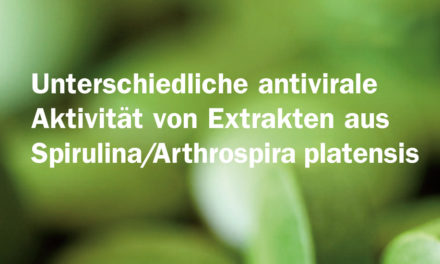The Aquaporin 1 Inhibitor Bacopaside II Reduces
Endothelial Cell Migration and Tubulogenesis and
Induces Apoptosis
Helen M. Palethorpe 1, Yoko Tomita 1,2, Eric Smith 1,2 ID , Jinxin V. Pei 2, Amanda R. Townsend 2,3, Timothy J. Price 2,3, Joanne P. Young 1,2, Andrea J. Yool 2 ID and Jennifer E. Hardingham 1,2,*
1 Molecular Oncology, Basil Hetzel Institute, Queen Elizabeth Hospital, Woodville South, SA 5011, Australia; helen.palethorpe@adelaide.edu.au (H.M.P.); yoko.tomita@sa.gov.au (Y.T.); eric.smith@adelaide.edu.au (E.S.); joanne.young@adelaide.edu.au (J.P.Y.)
2 Adelaide Medical School, University of Adelaide, Adelaide, SA 5005, Australia; jinxin.pei@adelaide.edu.au (J.V.P.); amanda.townsend@sa.gov.au (A.R.T.); timothy.price@sa.gov.au (T.J.P.); andrea.yool@adelaide.edu.au (A.J.Y.)
3 Medical Oncology, Queen Elizabeth Hospital, Woodville South, SA 5011, Australia
* Correspondence: jenny.hardingham@sa.gov.au; Tel.: +61-8-8222-6142
Received: 9 February 2018; Accepted: 22 February 2018; Published: 26 February 2018
Abstract: Expression of aquaporin-1 (AQP1) in endothelial cells is critical for their migration and angiogenesis in cancer. We tested the AQP1 inhibitor, bacopaside II, derived from medicinal plant Bacopa monnieri, on endothelial cell migration and tube-formation in vitro using mouse endothelial cell lines (2H11 and 3B11) and human umbilical vein endothelial cells (HUVEC). The effect of bacopaside II on viability, apoptosis, migration and tubulogenesis was assessed by a proliferation
assay, annexin-V/propidium iodide flow cytometry, the scratch wound assay and endothelial tube-formation, respectively. Cell viability was reduced significantly for 2H11 at 15 µM (p = 0.037), 3B11 at 12.5 µM (p = 0.017) and HUVEC at 10 µM (p < 0.0001). At 15 µM, the reduced viability was accompanied by an increase in apoptosis of 38%, 50% and 32% for 2H11, 3B11 and HUVEC, respectively. Bacopaside II at ≥10 µM significantly reduced migration of 2H11 (p = 0.0002) and 3B11 (p = 0.034). HUVECs were most sensitive with a significant reduction at ≥7.5 µM (p = 0.037). Tube-formation was reduced with a 15 µM dose for all cell lines and 10 µM for 3B11 (p < 0.0001). These results suggest that bacopaside II is a potential anti-angiogenic agent.
Keywords: angiogenesis; aquaporin-1 (AQP1); bacopaside II; endothelial cell migration







